Introduction
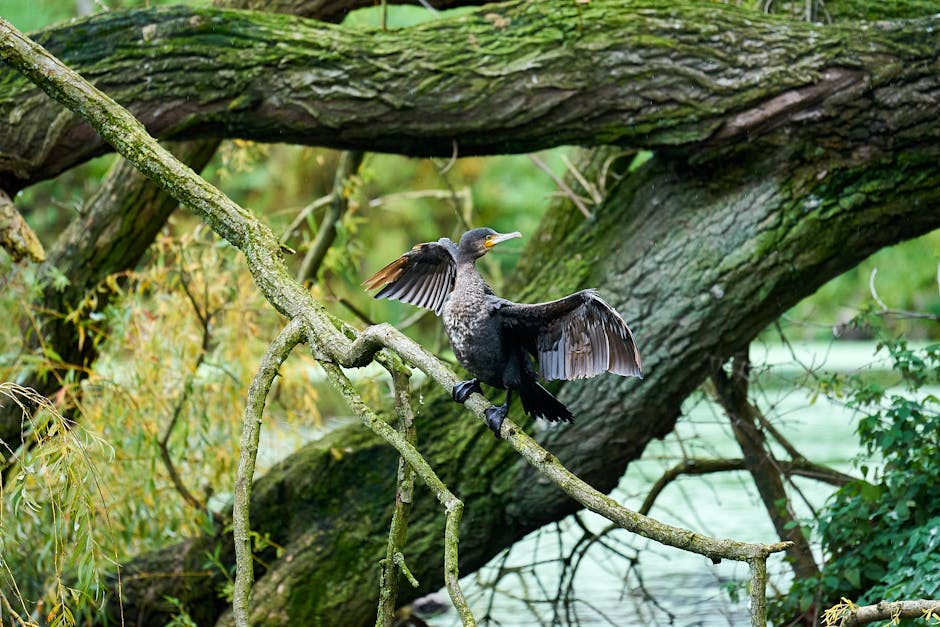
Birds are known for their agile and active nature, constantly fluttering their wings, hopping around, and exploring their surroundings. However, there may be instances when a bird appears unusually still, not engaging in its typical behaviors, or simply not moving. This condition, known as “bird not moving,” can be a cause for concern among bird owners and enthusiasts as it may indicate underlying health issues or distress.
Definition of “Bird Not Moving”
“Bird not moving” refers to a situation where a bird exhibits a lack of physical activity or mobility, such as being exceptionally still, not flying, hopping, or engaging in usual behaviors. While birds may rest or sleep for extended periods, prolonged and unexplained immobility should be carefully observed and addressed.
Overview of Potential Causes
Several factors can contribute to a bird’s lack of movement. Understanding these potential causes can help identify the underlying issue and take appropriate action. Common factors include:
-
Illness or Injury: Birds may become immobile due to health conditions like infections, organ dysfunction, fractures, or sprains.
-
Environmental Factors: Extreme temperatures, inadequate lighting, poor air quality, or uncomfortable perching conditions can discourage movement.
-
Stress or Fear: Changes in the environment, predators, or unfamiliar people or animals can trigger a bird’s immobility.
-
Nutritional Deficiencies: Inadequate nutrition or a lack of essential nutrients can lead to weakness and reduced movement.
-
Age-Related Issues: Arthritis or muscle degeneration can limit a bird’s ability to move comfortably.
-
Toxicity: Exposure to toxic substances can have detrimental effects on a bird’s health and mobility.
By understanding these causes, bird owners can assess the situation, seek veterinary care if necessary, and promote their bird’s physical activity and well-being.
2. Health Issues
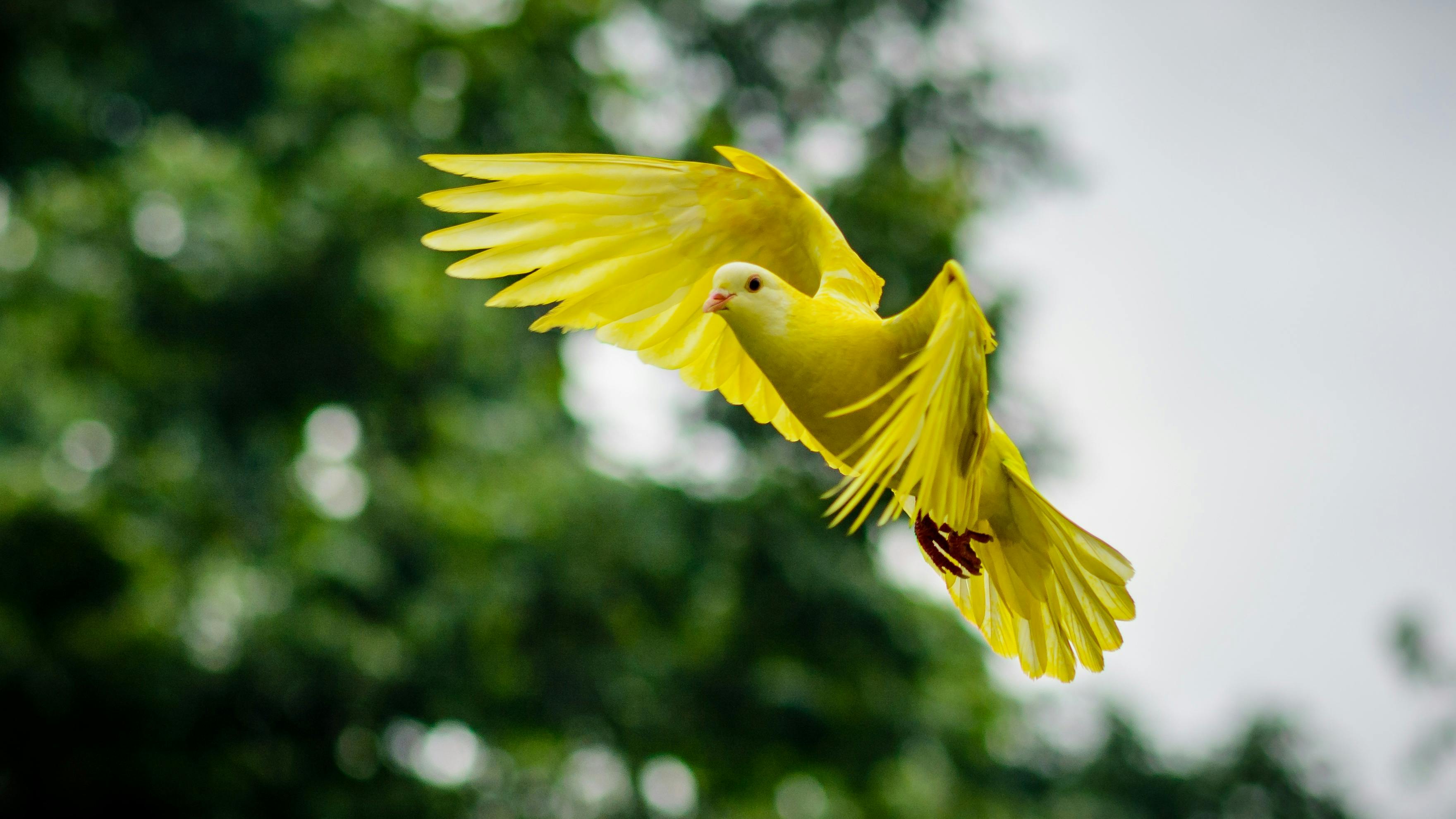

a. Illness
Birds can become sick due to viral or bacterial infections, parasitic infestations, or internal organ diseases. Common illnesses include respiratory infections, gastrointestinal issues, and liver or kidney diseases.
Symptoms of illness in birds may include loss of appetite, weight loss, changes in droppings, abnormal breathing, sneezing, coughing, or discharge from the eyes or nostrils. Consult a veterinarian experienced in avian medicine for diagnosis and treatment.
b. Injury
Birds may sustain injuries from accidents, such as collisions, falls, or encounters with predators or other pets. Common injuries include fractures, sprains, bruises, cuts, or wounds. An injured bird may exhibit signs of pain or unusual body posture.
Immediate veterinary attention is crucial for assessing and treating bird injuries. Provide a calm, quiet environment to stabilize the bird before seeking professional help.
c. Stress
Birds are sensitive creatures and can easily become stressed by environmental changes, loud noises, excessive handling, or the presence of unfamiliar people or animals. Prolonged or severe stress can have detrimental effects on a bird’s well-being and contribute to their lack of movement.
To minimize stress, ensure a quiet and peaceful space for your bird. Avoid sudden loud noises or excessive handling. Gradually introduce new people or animals to minimize stress caused by unfamiliarity.
By addressing health issues, injuries, and stress, you can improve your bird’s well-being and encourage movement. In the following sections, we will explore how environmental and behavioral factors can impact a bird’s mobility and provide tips to encourage movement in your feathered friend.
Continue with the next sections:
3. Environmental Factors
a. Temperature
b. Lack of Exercise
c. Poor Diet
Environmental Factors

Environmental factors significantly impact a bird’s well-being and activity levels. In this section, we will explore three key factors that contribute to a bird’s lack of movement: temperature, exercise, and diet.
Temperature
Birds are highly sensitive to extreme temperatures. Cold temperatures can cause them to conserve energy by reducing movement, while excessively hot temperatures can lead to efforts to stay cool and conserve energy. It’s important to maintain a comfortable temperature range suitable for your bird’s species. Provide adequate heating during colder months and ensure proper ventilation in warmer periods. Monitoring the temperature and making appropriate adjustments will create an environment where your bird feels comfortable and is more likely to engage in regular movement.
Lack of Exercise
Regular exercise is crucial for a bird’s physical health and mental stimulation. When birds lack exercise opportunities, they become lethargic and less inclined to move. This can lead to muscle weakness, reduced stamina, and decreased activity levels. To encourage movement, provide a spacious and stimulating environment. Ensure the cage or enclosure is large enough for comfortable movement, include perches at various heights and textures, and offer toys that promote physical engagement. Supervised time outside the cage or a safe flight space can also keep your bird active and engaged.
Poor Diet
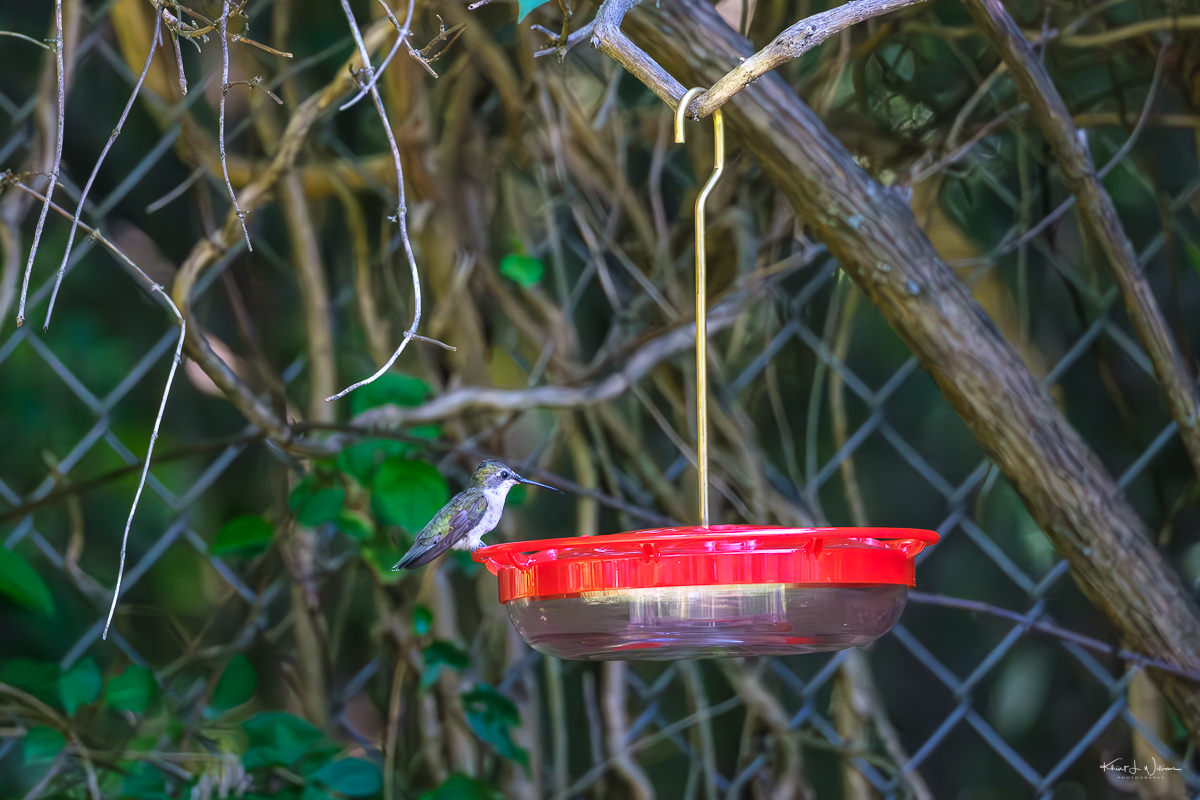
Proper nutrition is vital for a bird’s energy levels and overall well-being. A poor diet lacking essential nutrients directly impacts a bird’s mobility and activity. Insufficient intake of vitamins, minerals, and proteins can lead to muscle weakness and decreased activity levels. Provide your bird with a balanced diet tailored to its species, including fresh fruits, vegetables, and high-quality pellets. Consult with an avian veterinarian or nutritionist to ensure your bird’s specific dietary requirements are met. Offering occasional safe treats can provide mental stimulation and encourage movement.
By addressing these environmental factors—temperature, exercise, and diet—you can create an environment that promotes your bird’s mobility and overall well-being.
Behavioral Factors

Various behavioral factors can contribute to birds not moving. Understanding these factors is crucial in addressing the issue and promoting movement.
Fear

Fear is a common cause of immobility in birds. When scared or threatened, birds may freeze or stay still as a defense mechanism. This allows them to go unnoticed or avoid further danger. Minimizing stressors and creating a calm and safe environment is key to alleviating fear-induced immobility. Provide a quiet and secure space, shield the bird from loud noises, and ensure a sense of safety to reduce fear and encourage movement.
Territoriality
Birds are territorial creatures and may exhibit immobility when they feel their territory is being encroached upon. Understanding their territorial instincts is essential. Provide appropriate space and boundaries for the bird, ensuring it has its designated area or cage and respecting its need for personal space. This helps alleviate territorial behavior and promotes movement.
Lack of Stimulation
Birds require mental and physical stimulation to maintain their well-being. A lack of environmental enrichment and stimulation can lead to boredom, resulting in immobility or lethargy. Provide a stimulating environment with a variety of toys, perches, and puzzles that encourage activity. Regular interaction with humans or other birds, as well as opportunities for play and exploration, prevent behavioral stagnation.
By addressing fear, territoriality, and the need for stimulation, bird owners can encourage movement and overall well-being in their feathered companions.
Note: Any significant change in a bird’s behavior or prolonged immobility should be evaluated by an avian veterinarian to rule out underlying health issues.
2. Health Issues
When it comes to your bird’s lack of movement, health issues can be a contributing factor. It’s crucial to understand and address these concerns to promote your bird’s well-being and encourage increased activity.
a. Illness

If your bird isn’t moving as much as usual, it could be a sign of an underlying illness. Respiratory infections, parasites, malnutrition, hormonal imbalances, and organ disorders are common culprits behind decreased mobility in birds. To get a proper diagnosis and treatment, consult with an avian veterinarian who can conduct a thorough examination.
The treatment options will depend on the specific condition, but they may include medication, dietary adjustments, and supportive care. By addressing the illness, you can help restore your bird’s energy levels and mobility.
b. Injury
Injuries can significantly impact a bird’s ability to move and engage in normal activities. Falls, collisions, or accidents within the cage or during out-of-cage time can result in sprains, fractures, or other physical trauma. If your bird shows signs of pain, reluctance to move, or visible injuries, seek immediate veterinary attention.
During the recovery process, create a calm and stress-free environment for your bird. Limit its movement as necessary to allow for healing, and provide appropriate pain relief and supportive care as prescribed by your avian veterinarian. Gradually reintroduce exercise and movement under professional guidance to avoid further injury.
c. Stress
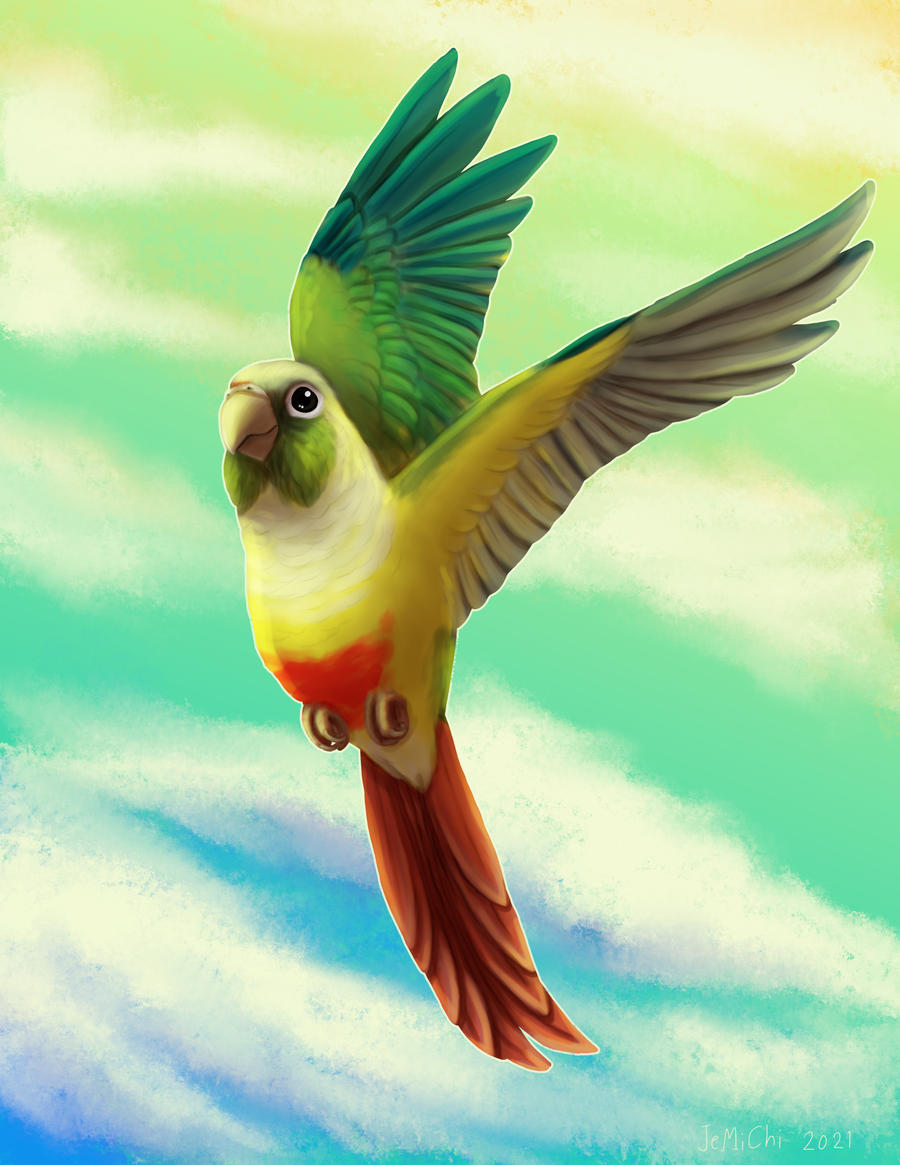
Stress can have a significant impact on a bird’s well-being and may lead to decreased activity levels. Birds are sensitive creatures, and various factors can contribute to stress, such as environmental changes, loud noises, overcrowding, or the presence of predators or other pets.
To address stress-related issues, identify potential stressors and take steps to minimize or eliminate them. Provide a quiet and secure space for your bird’s cage, away from excessive noise and disturbances. Implement a consistent routine and ensure sufficient rest and sleep periods. Additionally, consider using natural calming techniques, like providing hiding spots or using pheromone diffusers designed for birds.
3. Environmental Factors
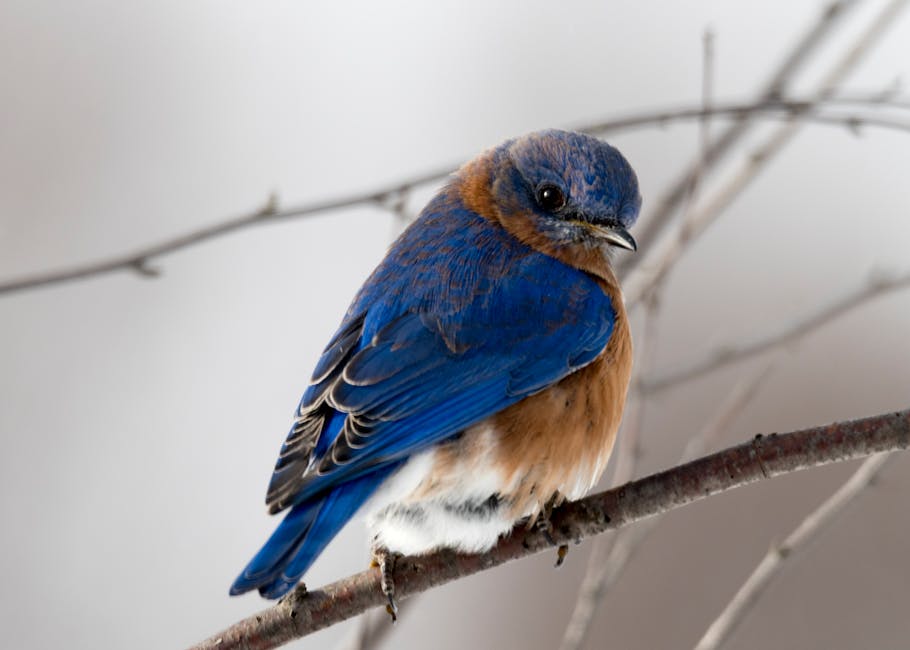
Creating an optimal living environment plays a significant role in your bird’s overall health and activity levels. By focusing on these environmental factors, you can encourage movement and promote a happy and active bird.
a. Temperature
Birds are sensitive to temperature extremes. Ensure that the environment is within the appropriate temperature range for your specific bird species. Use a thermometer to monitor the temperature in the bird’s environment and make necessary adjustments, such as using heating devices or fans, to maintain a comfortable temperature. Extreme temperatures can cause discomfort, lethargy, and a decrease in movement.
b. Lack of Exercise
A lack of physical activity can lead to muscle weakness and decreased mobility in birds. Encourage exercise by providing adequate space for your bird to move around freely both inside and outside the cage. Consider a larger cage or supervised out-of-cage time for your bird to stretch its wings and engage in natural behaviors like flying and climbing.
c. Poor Diet
A balanced and nutritious diet is essential for maintaining a bird’s overall health and vitality. Inadequate nutrition can result in lethargy and decreased activity levels. Consult with an avian veterinarian or an avian nutritionist to ensure you are providing the right diet for your bird’s species and individual needs.
Offer a variety of fresh fruits, vegetables, high-quality seeds, pellets, and appropriate supplements, if recommended, to support your bird’s well-being.
By addressing health issues and optimizing the bird’s environment, you can help encourage movement and improve your feathered companion’s overall quality of life. Remember, every bird is unique, so consulting with avian professionals will provide tailored guidance for your specific situation.
Conclusion
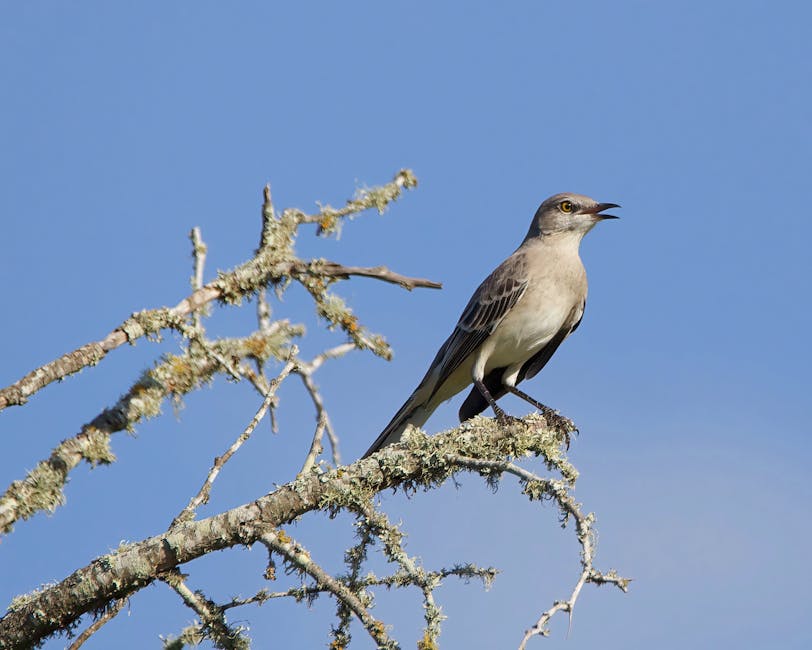
Understanding the factors that contribute to a bird’s lack of movement is key to promoting their activity and well-being. By addressing these causes and implementing appropriate measures, you can create an environment that encourages your feathered friend to stay active, healthy, and happy.
Causes of Bird Immobility

Illness or injury is a primary reason for reduced bird movement. Infections, parasites, fractures, or other health issues can significantly impact their mobility. Watch for signs of illness or injury, such as lethargy, abnormal posture, difficulty breathing, or wounds.
Stress and fear can also lead to immobility in birds. Loud noises, sudden changes, or perceived threats can cause them to freeze. Create a calm and secure environment to minimize stress and promote movement.
Environmental factors play a vital role. Unsuitable conditions like extreme temperatures, poor lighting, inadequate space, or a lack of enrichment discourage movement. Provide a comfortable and stimulating environment to encourage activity.
Lack of exercise is another significant factor. Birds need regular physical activity for their well-being. Limited opportunities, such as small cages or restricted flight space, result in a sedentary lifestyle. Incorporate exercise into their routine for physical and mental health.
Aging can contribute to decreased mobility in older birds. Differentiate between natural aging and potential health issues.
Encouraging Movement
Seek professional advice from an avian veterinarian if your bird is not moving. They can assess their health, diagnose underlying issues, and provide treatment recommendations.
Create an optimal environment for your bird. Ensure suitable living conditions, including temperature, lighting, and space for exercise and exploration.
Incorporate various stimuli into their environment. Provide toys, perches of different textures and sizes, and opportunities for mental stimulation, such as foraging activities. Regularly rotate enrichments to keep them engaged.
Engage with your bird through interactive play and exercise. Set aside dedicated time each day for supervised out-of-cage activities. This provides physical exercise and strengthens the bond between you and your feathered companion.
By addressing the causes of immobility and implementing appropriate strategies, you can encourage your bird to stay active, healthy, and happy. Prioritize their well-being and consult professionals when necessary. With proper care, you can create an environment that promotes movement and enhances their quality of life.
Frequently Asked Questions
Frequently Asked Questions
1. Why is my bird not moving?
There can be several reasons why your bird is not moving. It could be due to illness or injury, environmental factors such as temperature or lack of exercise, stress or fear, nutritional deficiencies, or age-related issues. Assess the situation, observe any accompanying symptoms, and consult with an avian veterinarian to determine the underlying cause.
2. How can I tell if my bird is sick or injured?
Signs of illness or injury in birds may include loss of appetite, weight loss, changes in droppings, abnormal breathing, sneezing, coughing, discharge from the eyes or nostrils, signs of pain, or visible injuries. If you notice any of these symptoms or if your bird is not moving as usual, it’s important to seek veterinary care for a proper diagnosis and appropriate treatment.
3. What can I do to reduce stress and fear in my bird?

To minimize stress and fear in birds, create a quiet and secure environment for them. Avoid sudden loud noises, excessive handling, or exposure to unfamiliar people or animals. Provide a consistent routine, sufficient rest and sleep periods, and consider using natural calming techniques like providing hiding spots or using pheromone diffusers designed for birds.
4. How can I create an environment that encourages my bird to move?
To create an environment that promotes movement in your bird, ensure suitable living conditions. This includes maintaining a comfortable temperature range, providing adequate space for exercise and exploration, and offering a variety of toys, perches, and puzzles that encourage activity and mental stimulation. Regular interaction, supervised out-of-cage time, and opportunities for play and exploration are also beneficial.
5. When should I seek veterinary care for my bird’s lack of movement?

If your bird’s lack of movement persists or is accompanied by other concerning symptoms, it’s important to seek veterinary care. A qualified avian veterinarian can assess your bird

Leave a Reply